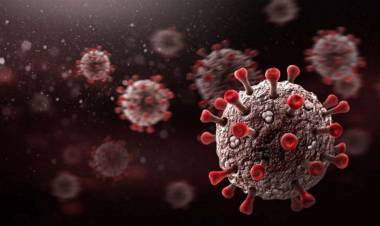Toxic Shock Syndrome

Toxic shock syndrome is a rare but serious medical condition caused by a bacterial infection. It is caused when the bacterium Staphylococcus aureus gets into the bloodstream and produces toxins. Although toxic shock syndrome has been linked to superabsorbent tampon use in menstruating women, this condition can affect men, children, and people of all ages. In some instances, toxic shock syndrome can affect major organs in the body. If left untreated, complications associated with this disease include liver failure, heart failure, kidney failure, shock, or reduced blood flow through the body.
What are its symptoms?

Symptoms of toxic shock syndrome can vary from person to person. These include sudden high fever, low blood pressure, headache, body ache, confusion, dizziness, vomiting, diarrhea, disorientation, intense pain at the site of an infected tear or wound etc.
If you experience the above symptoms after using tampons or after a surgery or skin injury, contact your doctor immediately.
How to prevent?

Certain precautions can reduce your risk of developing toxic shock syndrome. These precautions include:
Changing your tampon every four to eight hours.
Wearing a low-absorbency tampon or sanitary napkin during menstruation.
Using a reusable silicone menstrual cup and cleaning your hands thoroughly when changing it.
Wearing a sanitary napkin on light-flow days.
Washing your hands frequently to remove any bacteria.
Keeping cuts and surgical incisions clean and changing dressings often.
Do not wear tampons if you have a personal history of toxic shock syndrome. This disease can recur.
-Riya Singh



























Comments (0)